Find out how coffee low in acidity can benefit those with sensitive stomachs without compromising on flavor.
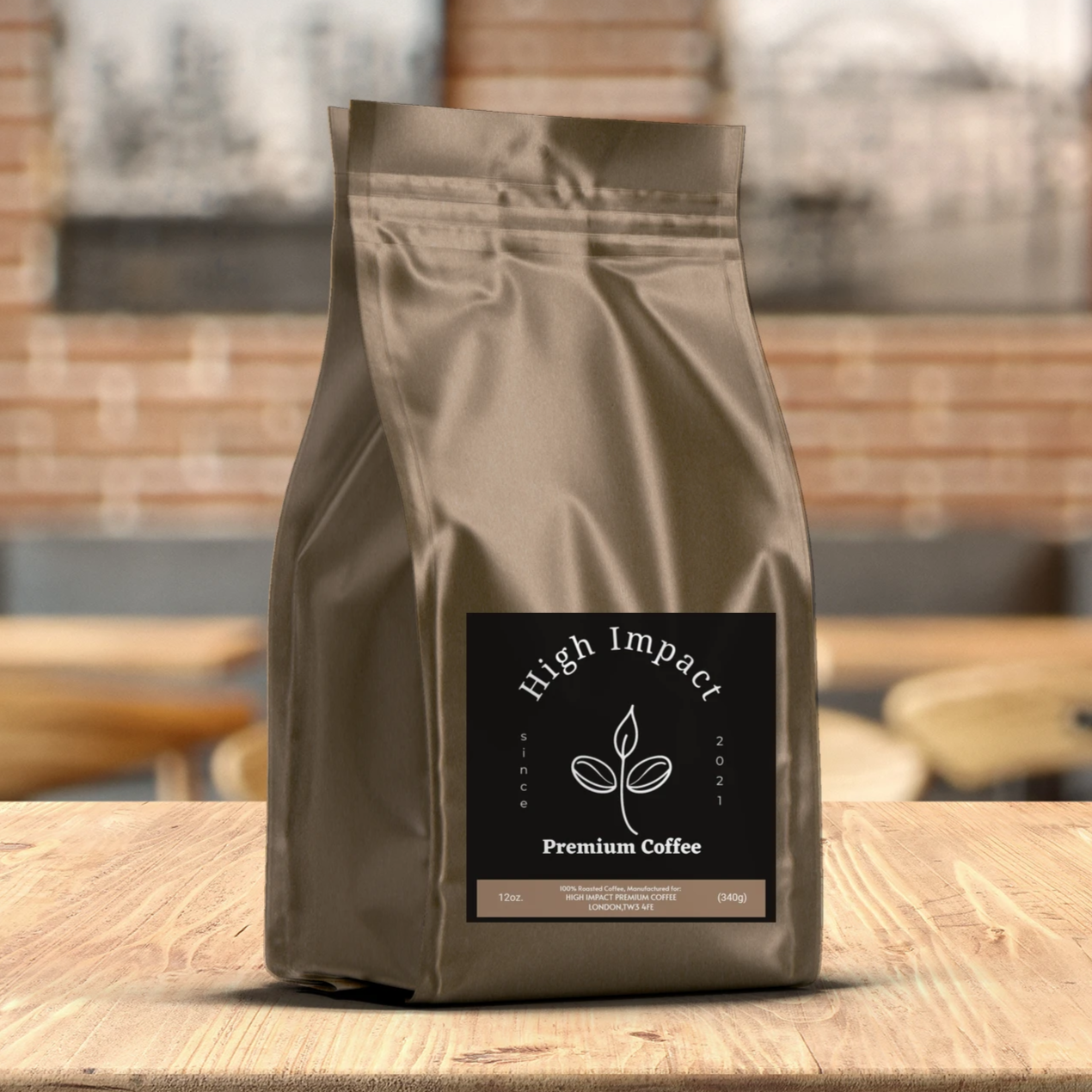
Are you a coffee lover who craves the rich, bold flavors of a perfectly brewed cup but finds yourself hesitant due to the acidity? If so, you're not alone. Many coffee drinkers and enthusiasts, especially those with sensitive stomachs or taste buds, seek alternatives that with low acid coffee beans offer all the pleasures of coffee without discomfort. In this article, we will delve into the world of low acid coffee brands no-acid coffee, exploring its definition, the factors influencing acidity in coffee, the benefits it offers, popular low-acid coffee varieties, brewing techniques to reduce acidity, tips for enjoying low acid coffee beans with a gentler brew, and debunking common myths surrounding low acid coffee beans brands no-acid coffee. So, grab your favorite mug, sit back, and let's explore the delightful realm of coffee with lower acidity.
Understanding Acidity in Coffee
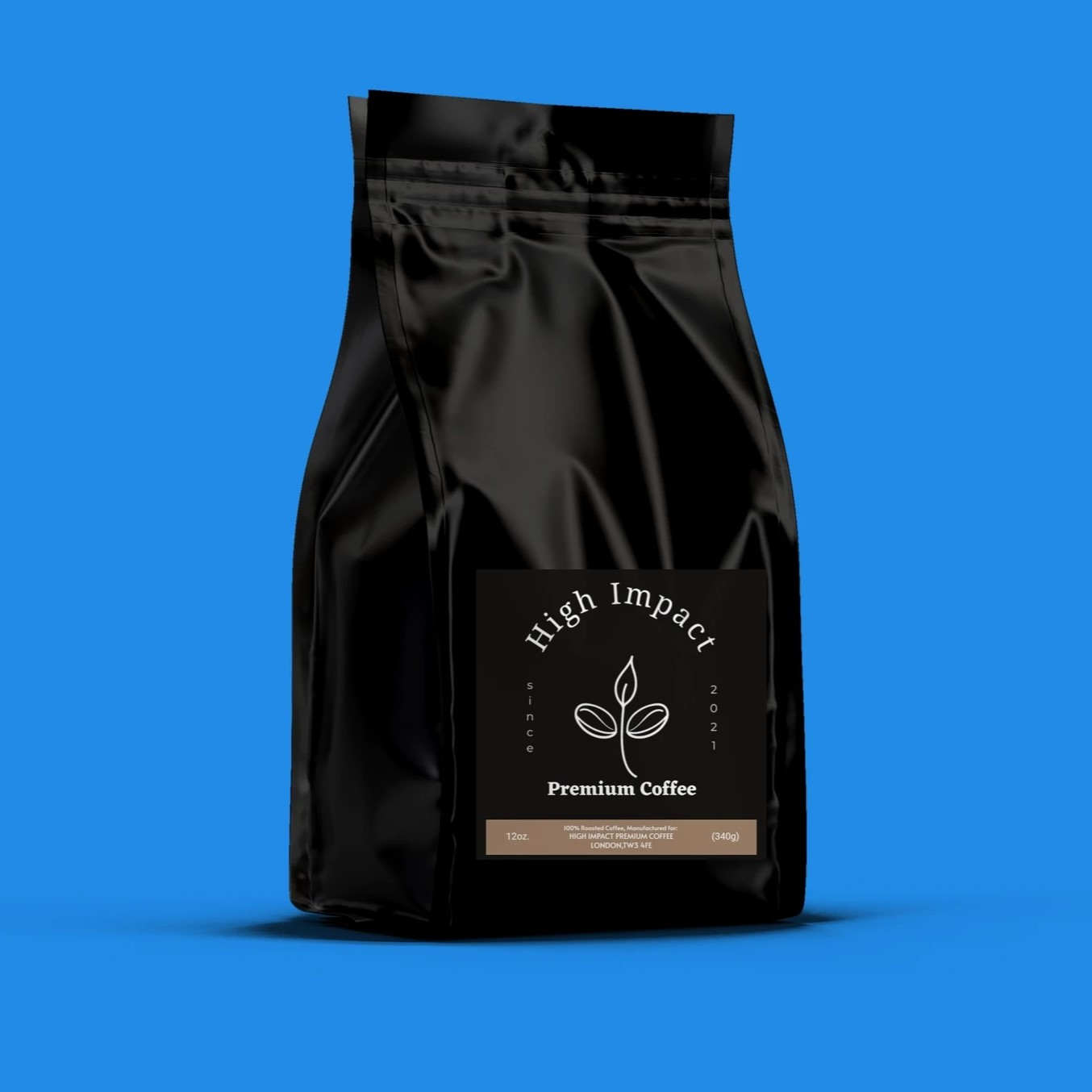
Acidity clean coffee is a fundamental aspect of whole bean coffee that greatly influences its flavor profile. When we talk about acidity in coffee, we're not referring to the pH level that determines whether a substance is acidic or alkaline. Instead, acidity in coffee refers to the bright, tangy, and sometimes fruity taste notes that contribute to the whole bean coffee overall flavor experience.
Several factors contribute to the acidity of coffee. The variety of the coffee bean, growing conditions, altitude, and processing methods all play a role in shaping acidity levels. Different coffee bean varieties have varying levels of acidity, with some exhibiting higher acidity than others.
The growing conditions and altitude also impact acidity. Beans grown at higher altitudes tend to have higher acidity levels. The cooler temperatures, reduced oxygen levels, and slower maturation at higher altitudes contribute to the development of vibrant and complex flavors, including acidity.
Additionally, the processing methods employed during coffee production can influence acidity. There are two primary processing methods: natural (dry) and washed (wet). In the natural process, the coffee beans and cherries are dried with the fruit intact before the coffee beans themselves are extracted, resulting in a more pronounced and less acidity. On the other hand, the washed process involves removing the fruit from the coffee beans before drying, resulting in a cleaner and milder acidity.
It's important to note that acidity in coffee should not be confused with sourness. While acidity adds brightness and liveliness to the flavor profile, an overly sour taste may indicate an under-extracted or poorly brewed cup of coffee. Achieving the right balance of acidity is crucial to experiencing the full range of flavors and complexity that coffee has to offer.
In the next section, we will explore the benefits of low-acid coffee and why it is gaining popularity among coffee lovers.
What is acidity in coffee?When we talk about acidity in medium dark roast coffee, we are referring less acid as to a desirable taste characteristic of medium dark roast coffee, rather less acid rather than the pH level of the beverage. Acidity in the light roasts coffee refers to the pleasant, bright, and tangy flavors that contribute to the overall taste profile of the cold brew coffee itself.
Acidity is an essential component of a well-balanced and flavorful cup of coffee. It adds complexity, liveliness, and refreshing quality to the overall taste experience. Acidity can manifest in a range of flavors, including citrusy, fruity, floral, or even wine-like notes.
Acidity in coffeeis a result of the organic acids naturally present in the coffee beans. These acids include malic acid, citric acid, and quinic acid, among others. Different coffee varieties and growing conditions can influence the types and levels of acids present organic coffee itself, leading to variations in acidity across different coffees.
It's important to note that acidity in coffee should not be confused with the acidity that causes digestive issues or stomach discomfort. The organic acids in coffee are relatively mild and do not have the same impact on the stomach acid or body's pH balance as highly acidic substances.
In the world of specialty coffee, acidity is highly valued by enthusiasts and connoisseurs. It provides a bright and vibrant character to the coffee, enhancing its overall flavor complexity. However, personal preferences may vary, and some individuals may prefer to drink coffee made with lower acidity due to taste preferences or specific health considerations.
In the next section, we will explore the factors that influence acidity in coffee, helping us understand how various elements contribute to the taste experience.
Factors influencing acidity in coffee
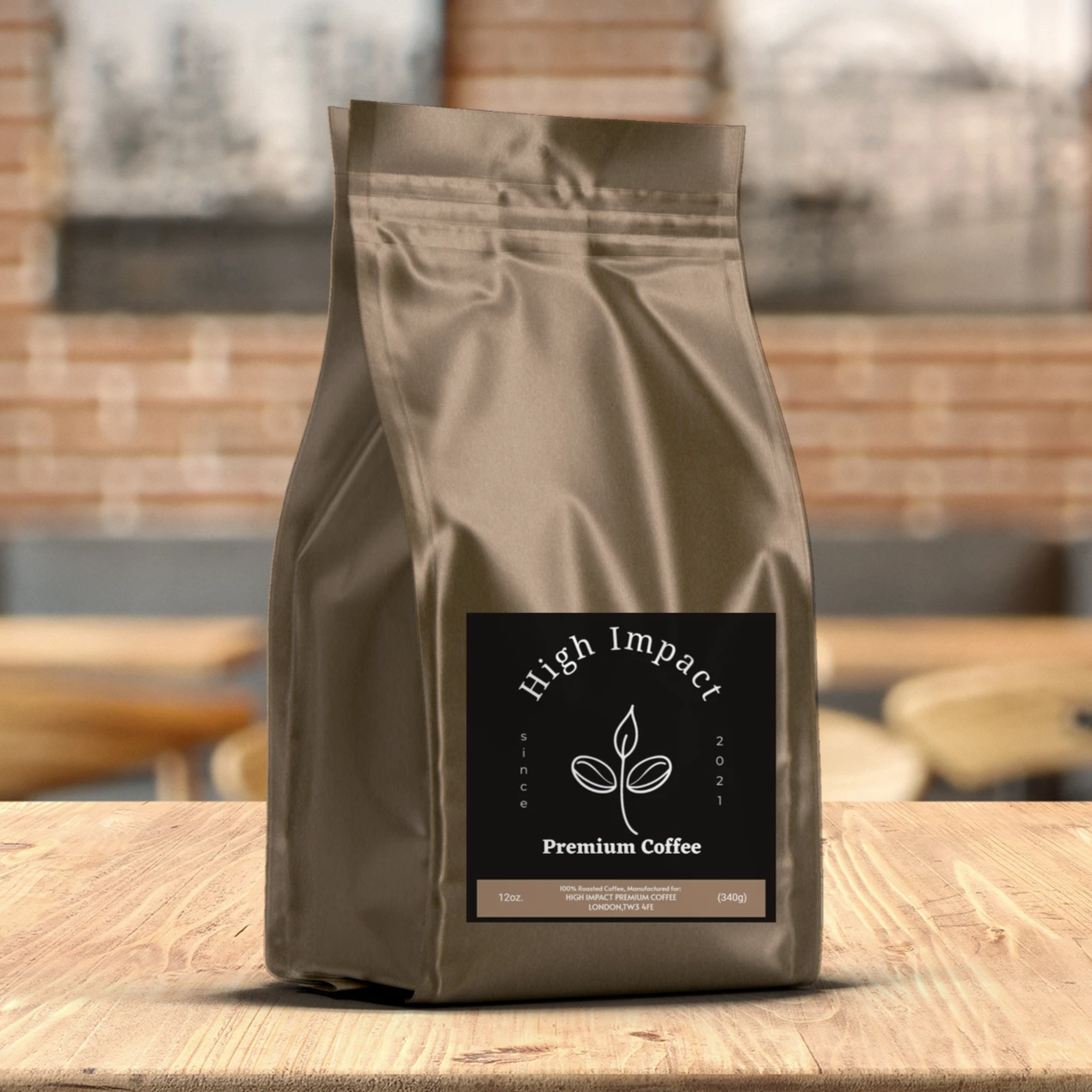
The acidity in coffee is influenced by several factors that contribute to its flavor profile. Understanding these factors can provide insights into why certain coffees exhibit higher or lower acidity levels. Let's explore the key elements that influence the acidity in coffee:
-
Coffee Bean Variety: Different coffee bean varieties have inherent differences in acidity. Some varieties naturally possess higher acidity levels, while others are known for their lower acidity. For example, Ethiopian coffees often exhibit bright and lively acidity, while Brazilian coffees tend to have a milder acidity.
-
Growing Conditions: The environment in which coffee is grown significantly impacts its acidity. Factors such as altitude, climate, soil composition, and rainfall influence the acidity levels in the beans. Coffees grown at higher altitudes, where the temperatures are cooler and the growing conditions are more challenging, often develop higher acidity.
-
Altitude: Altitude plays a crucial role in shaping the acidity of coffee. Beans grown at higher altitudes, typically above 1,000 meters, experience slower maturation and have more time to develop complex flavors, including acidity. These high-altitude coffees often exhibit vibrant and lively acidity.
-
Processing Methods: The processing method used to remove the coffee cherry's fruit from the coffee bean can affect acidity. The two primary processing methods are the "washed" and "natural" processes. Washed coffees, where the fruit is removed before drying, tend to have a cleaner and brighter acidity. In contrast, natural processed coffees, where the bean is dried with the fruit intact, often display a fruitier and more pronounced acidity.
-
Roasting Level: The roasting process can also impact the acidity in coffee. Lighter roasts tend to retain more of the bean's natural acidity, resulting in a brighter and more pronounced acidity profile. As the roast level darkens, the acidity may mellow and give way to other flavor characteristics.
It's important to note that the balance of acidity in coffee is subjective and varies according to personal preferences. Some individuals enjoy the vibrant and bright flavors that acidity brings, while others prefer a smoother and lower acidity profile. By understanding the factors that influence acidity, coffee enthusiasts can explore a wide range of flavors and choose coffees that align with their taste preferences.
In the next section, we will delve into the benefits of choosing low-acid coffee, particularly for those with sensitive stomachs or taste preferences.
Variety of Coffee Beans
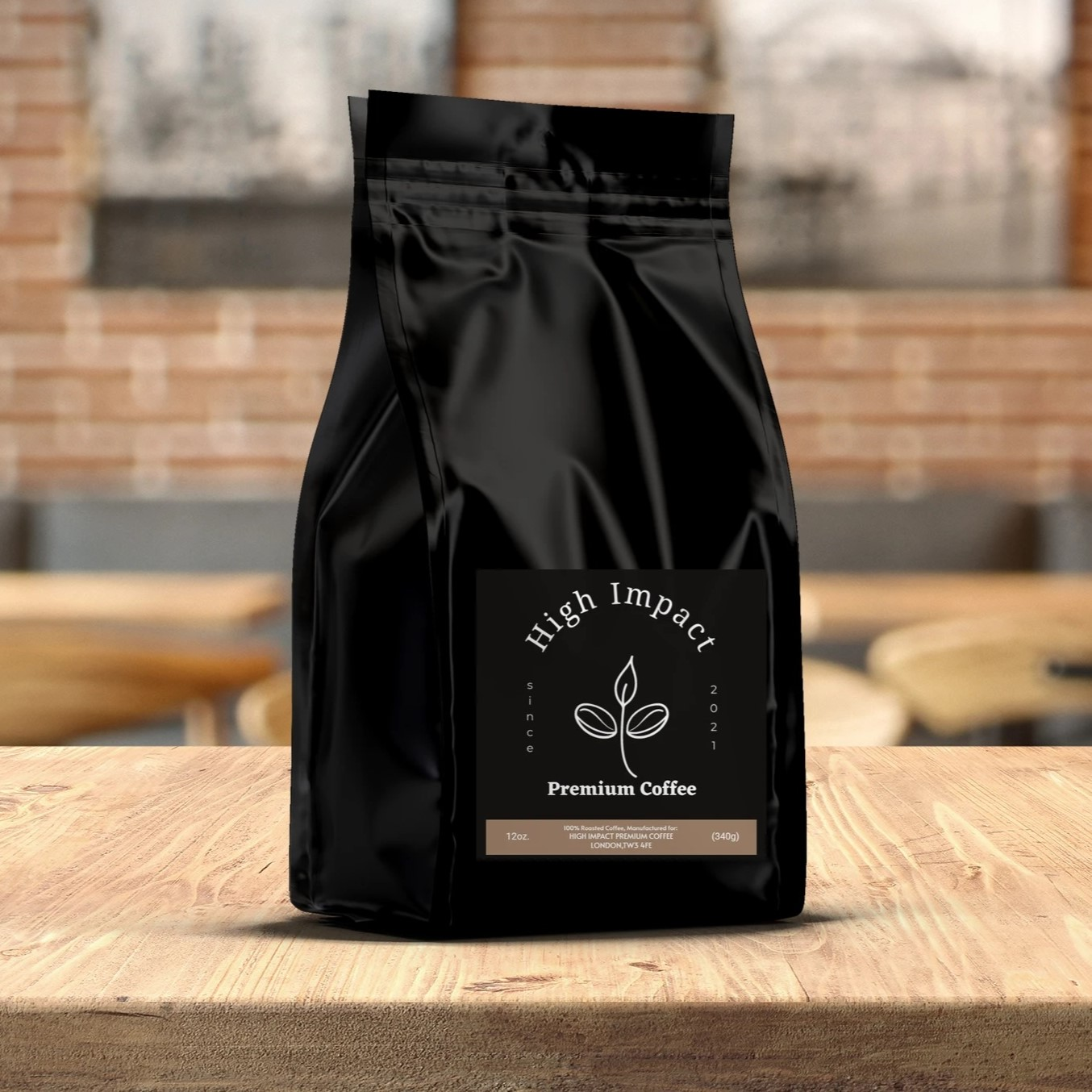
The variety of coffee bean used in the brewing process plays a significant role in determining the acidity levels and flavor profile of the coffee. Different coffee bean varieties exhibit distinct characteristics, including varying levels of acidity. Let's explore some common coffee bean varieties and their influence on acidity:
-
Arabica: Arabica beans are renowned for their complex flavors and higher acidity levels compared to other varieties. They often feature bright and vibrant acidity with a wide range of flavor notes, such as citrus, berry, and floral undertones. Arabica beans are highly regarded in the specialty coffee industry for their superior quality and nuanced acidity.
-
Robusta: Robusta beans, as the name suggests, are known for their robust and intense flavors. They generally have a stronger and more bitter taste compared to Arabica beans. Robusta beans tend to have lower acidity levels, making them a popular choice for those who prefer a less acidic cup of coffee. However, it's worth noting that Robusta beans can still contribute some acidity to the overall flavor profile.
-
Typica: Typica is an ancient coffee variety that originated in Ethiopia and spread to other parts of the world. It is often associated with a balanced and medium acidity level. Typica beans can exhibit a range of flavor profiles, including bright acidity with fruity and floral notes. The acidity in Typica coffees is generally well-rounded and harmonious.
-
Bourbon: Bourbon beans, not to be confused with the alcoholic beverage, are named after the island of Bourbon (now known as Réunion) where they were first cultivated. Bourbon coffee is esteemed for its exceptional quality and delicate acidity. It often presents a refined and nuanced flavor profile, with acidity that leans towards a softer and milder character.
-
Caturra: Caturra is a mutation of the Bourbon variety and is known for its compact size and high productivity. Caturra beans typically offer a well-balanced acidity, with flavors that can range from citrusy and bright to sweet and nutty. The acidity in Caturra coffees tends to be pleasant and not overly sharp.
It's important to remember that these are just a few examples of coffee bean varieties, and there are numerous other varieties cultivated around the world. Each variety brings its own unique characteristics, including acidity, flavor, and aroma. Exploring different coffee bean varieties can be an exciting journey for coffee enthusiasts seeking diverse and rich taste experiences.
In the next section, we will delve into the influence of growing conditions on the acidity of coffee.
Growing Conditions
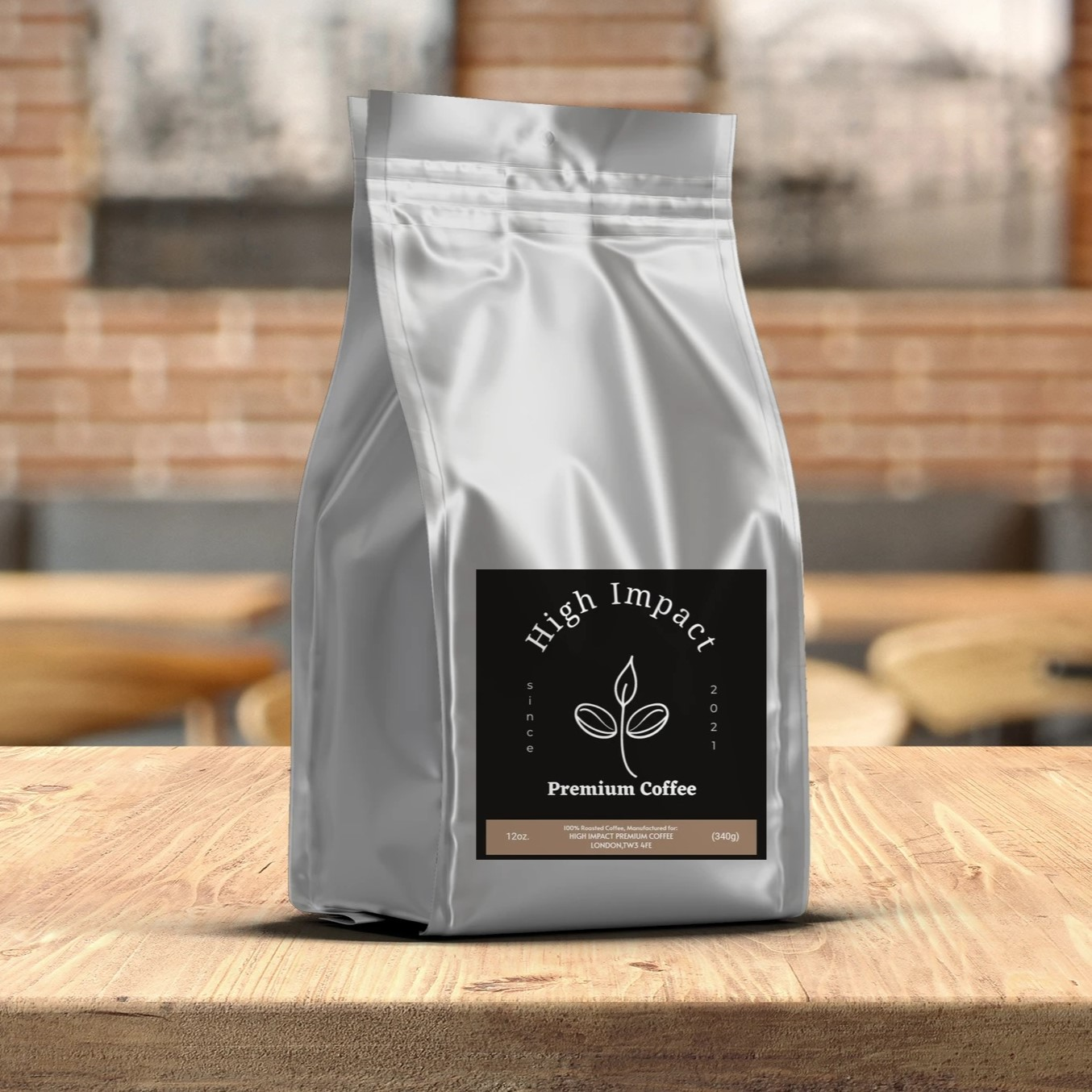
The growing conditions in which coffee plants are cultivated have a significant impact on the acidity levels and overall flavor profile of the beans. Factors such as altitude, climate, soil composition, and rainfall play crucial roles in shaping the acidity of coffee beans. Let's explore how these growing conditions influence the acidity:
-
Altitude: Altitude is one of the key factors that contribute to the acidity of coffee. Beans grown at higher altitudes, typically above 1,000 meters (3,000 feet), tend to have higher acidity levels. The cooler temperatures and more challenging growing conditions at higher altitudes cause coffee cherries to ripen more slowly. This slow maturation process allows the beans to develop complex flavors, including brighter acidity.
-
Climate: The climate in which coffee is grown greatly influences its acidity. Coffee thrives in tropical climates with a combination of warmth, humidity, and consistent rainfall. However, the balance of these elements can impact acidity. In regions with cooler climates, where the temperature drops during the night, the acidity in the beans tends to be higher. This is because the cooler temperatures slow down the metabolic processes within the coffee cherries, leading to the development of more pronounced acidity.
-
Soil Composition: The composition of the soil in which coffee plants grow can affect the acidity of the beans. Volcanic soils, rich in minerals, are known to contribute to the development of vibrant acidity. These soils provide essential nutrients and optimal conditions for the coffee plants to thrive and produce high-quality beans with distinct acidity. Additionally, well-drained soils promote healthy root growth, allowing the coffee plants to absorb nutrients efficiently and develop desirable acidity levels.
-
Rainfall: Adequate and consistent rainfall is essential for coffee cultivation. Rainfall patterns influence the coffee plants' growth, impacting the overall acidity of the beans. Regions with well-distributed rainfall throughout the year tend to produce coffee with balanced acidity. However, excessive rainfall or prolonged periods of drought can stress the coffee plants, affecting the flavor development and potentially altering the acidity levels.
-
Microclimates: Within coffee-growing regions, microclimates can further influence acidity. Variations in temperature, sunlight exposure, and airflow can create unique growing conditions that impact the development of acidity in the coffee beans. For example, coffee plants grown in shaded areas may experience milder temperatures and slower maturation, resulting in more pronounced acidity.
By understanding the importance of growing conditions, coffee producers and enthusiasts can appreciate the nuances of coffee flavors and select beans that align with their preferences. The combination of altitude, climate, soil, and rainfall creates a diverse range of coffee profiles, allowing for a delightful exploration of acidity and its impact on taste.
In the next section, we will delve into the influence of processing methods on coffee acidity.
Benefits ofLow-Acid Coffee

For coffee for green tea lovers who experience discomfort or have sensitive stomachs, switching to prefer low acid coffee or decaf no-acid coffee can offer several benefits. Let's explore the advantages of green tea or opting to prefer low acid decaf coffee for a gentler brew:
-
Gentle on the Stomach: One of the primary reasons people seek out low-acid coffee is to reduce stomach discomfort. High-acid coffees can contribute to acid reflux, heartburn, and other digestive issues, especially in individuals with sensitive stomachs. Low-acid coffee varieties are formulated to have reduced acidity, making them easier on the digestive system and minimizing the risk of stomach irritation.
-
Reduced Risk of Acid-Related Issues: Regular consumption of high-acid coffee may lead to long-term acid-related issues, such as enamel erosion and damage to the esophagus. By switching to low-acid coffee, individuals can enjoy their daily cup of joe without the concern of these potential complications. Lower acidity levels in coffee can help protect dental health and reduce the risk of acid-related damage.
-
Suitable for Sensitive Taste Buds: Some individuals have taste buds that are more sensitive to acidity, finding high-acid coffees to be too sharp or sour. Low-acid coffee varieties offer a smoother and milder flavor profile, allowing individuals with sensitive taste buds to enjoy their coffee without overwhelming acidity. These coffees often have a well-rounded and balanced taste that appeals to those seeking a more gentle flavor experience.
-
Expanded Beverage Options: Choosing low-acid coffee opens up a wider range of beverage options for coffee enthusiasts. Many low-acid coffees are available in various roasts, blends, and flavors, allowing individuals to explore different taste profiles while still prioritizing a lower acidity level. This variety enables coffee lovers to indulge in their preferred brewing methods, such as pour-over, espresso, or cold brew, with the added benefit of reduced acidity.
-
Health Considerations: Certain health conditions, such as gastroesophageal reflux disease (GERD), gastritis, or ulcers, may require individuals to avoid high-acid foods and beverages, including traditional coffees. Low-acid coffee provides a suitable alternative that allows individuals to continue enjoying their beloved beverage without exacerbating their health conditions.
By opting for low-acid coffee, individuals can experience the pleasures of coffee without the potential discomfort associated with high acidity. It's important to note that everyone's tolerance for acidity varies, so it's recommended to try different low-acid coffee varieties to find the one that best suits your personal preferences and needs.
In the next section, we will explore popular low-acid coffee varieties that offer a gentler option for coffee lovers.
Gentle on the Stomach
One of the significant benefits of low-acid coffee is that it is gentle on the sensitive stomach too. For individuals with sensitive stomachs or those prone to acid reflux, low-acid coffeereduces the risk of discomfort and digestive issues. By choosing low-acid coffee, you can enjoy your favorite beverage without worrying about your acid reflux, irritating your sensitive stomach, or experiencing heartburn. It's a soothing and more digestive-friendly option for coffee lovers.
Reduced Risk of Acid-Related Issues

Low-acid coffee offers the advantage of reducing the risk of acid reflux-related issues. Regular consumption of high-acid coffee can contribute to enamel erosion, tooth sensitivity, and potential damage to the esophagus. By opting for low-acid coffee, you can enjoy your cup of joe without compromising your dental health or exposing your body to prolonged acid reflux exposure. It's a healthier choice for long-term coffee enthusiasts.
Suitable for Sensitive Taste Buds
Low-acid coffee is an excellent option for individuals with sensitive taste buds. Unlike high-acid coffees, which can sometimes taste overly sharp or sour, low-acid varieties offer a smoother and milder flavor profile. This makes them more enjoyable and palatable for those who prefer a gentler taste experience. With low-acid coffee, you can savor the rich flavors without overwhelming acidity.
Popular Low-Acid Coffee Varieties

If you're looking for low-acid coffee options that are gentle on the most sensitive stomach and offer a milder flavor profile, here are a few popular varieties to consider:
-
Sumatra Coffee: Sumatra coffee is known for its low acidity and earthy flavor profile. It often exhibits deep, rich notes with hints of chocolate and spice. The unique processing method used for Sumatra coffee contributes to its lower acidity, making it a favorite among those seeking a smoother brew.
-
Brazilian Coffee: Brazilian coffee is widely appreciated for its low acidity and nutty, chocolatey flavor profile. It offers a well-balanced cup with mild acidity and a pleasant sweetness. Brazilian coffee is often a popular choice for espresso blends due to its smoothness and lower acidity.
-
Colombian Coffee: Colombian coffee is renowned for its quality and versatility. While acidity levels can vary among different Colombian coffees, many exhibit a moderate and well-balanced acidity. Colombian coffee often features fruity and caramel-like flavors, making it a delightful option for those seeking a combination of mild acidity and complex taste notes.
-
Peruvian Coffee: Peruvian coffee is known for its lower acidity and smooth, delicate flavors. With notes of citrus, chocolate, and floral undertones, Peruvian coffee offers a mild and enjoyable cup. It is often favored by those looking for a gentle and balanced coffee experience.
-
Hawaiian Kona Coffee: Hawaiian Kona coffee, specifically the extra fancy grade, is revered for its exceptional quality and mild acidity. Grown in the volcanic soils of Hawaii's Kona region, this coffee features a smooth and velvety texture with subtle acidity and a delightful sweetness. It is considered a luxury coffee choice for its unique characteristics.
These are just a few examples of low-acid certified organic coffee varieties, each offering its own distinct flavor profile. When seeking low-acid options for certified organic coffee though, it's essential to explore different regions and blends to find the one that best suits your taste preferences. Remember to consider factors such as roast level and brewing methods as they can also influence the perceived acidity in the final cup.
In the next section, we will explore brewing techniques that can help reduce acidity in your morning coffee preparation.
Brewing Techniques forLow-Acid Coffee

If you want to enjoy a cup of coffee with reduced acidity, there are several brewing techniques you can try. These methods can help minimize the extraction of acids from the coffee grounds, resulting in a smoother and less acidic brew. Here are three popular brewing techniques for low-acid coffee:
-
Cold Brewing: Cold brewing is a method that involves steeping coffee grounds in cold water for an extended period, typically 12 to 24 hours. This slow extraction process produces a concentrate that can be diluted with water or served over ice. Cold brewing reduces acidity by extracting fewer acidic compounds from the coffee grounds, resulting in a smoother and less acidic final brew. It is an excellent option for those who prefer a mellow and less acidic coffee taste.
-
Using a French Press: The French press brewing method can also contribute to a lower-acid coffee experience. This technique involves steeping coarsely ground coffee in hot water for a few minutes before pressing the plunger to separate the grounds from the liquid. The metal mesh filter used in a French press allows more coffee oils to pass through, resulting in a fuller-bodied cup with reduced acidity. The prolonged steeping time and full immersion extraction method contribute to a smoother flavor profile.
-
Choosing the Right Roast Level: The roast level of your coffee beans can impact the acidity in the final cup. Darker roasts, such as French or Italian roasts, tend to have reduced acidity compared to lighter roasts. During the roasting process, the acidity naturally decreases as the beans are exposed to higher temperatures. Opting for a medium to dark roast can result in a coffee with lower acidity and a richer flavor profile.
By experimenting with these brewing techniques and roast levels, you can customize your coffee experience to achieve a naturally low acid no-acid brew that suits your taste preferences. Remember to adjust the coffee-to-water ratio medium dark roast or light roast amount, grind size, and steeping times according to the specific brewing method you choose. With these methods, you can enjoy a smoother and less to drink coffee fresh or acidic cup of which not all coffee drinkers.
In the next section, we will explore tips for enhancing your low-acid coffee experience and making it even more enjoyable.
Brewing Techniques forLow-Acid Coffee

If you want to enjoy a cup of coffee with reduced acidity, there are several brewing techniques you can try. These methods can help minimize the extraction of acids from the coffee grounds, resulting in a smoother and less acidic brew. Here are three popular brewing techniques for low-acid coffee:
-
Cold Brewing: Cold brewing is a method that involves steeping coffee grounds in cold water for an extended period, typically 12 to 24 hours. This slow extraction process produces a concentrate that can be diluted with water or served over ice. Cold brewing reduces acidity by extracting fewer acidic compounds from the coffee grounds, resulting in a smoother and less acidic final brew. It is an excellent option for those who prefer a mellow and less acidic coffee taste.
-
Using a French Press: The French press brewing method can also contribute to a lower-acid coffee experience. This technique involves steeping coarsely ground coffee in hot water for a few minutes before pressing the plunger to separate the grounds from the liquid. The metal mesh filter used in a French press allows more coffee oils to pass through, resulting in a fuller-bodied cup with reduced acidity. The prolonged steeping time and full immersion extraction method contribute to a smoother flavor profile.
-
Choosing the Right Roast Level: The roast level of your coffee beans can impact the acidity in the final cup. Darker roasts, such as French or Italian roasts, tend to have reduced acidity compared to lighter roasts. During the roasting process, the acidity naturally decreases as the beans are exposed to higher temperatures. Opting for a medium to dark roast can result in a coffee with lower acidity and a richer flavor profile.
By experimenting with these brewing techniques and roast levels, you can customize your coffee experience to achieve a low-acid brew that suits your taste preferences. Remember to adjust the coffee-to-water ratio, grind size, and steeping times according to the specific brewing method you choose. With these methods, you can enjoy a smoother and less acidic cup of coffee.
In the next section, we will explore tips for enhancing your low-acid coffee experience and making it even more enjoyable.
Tips for Enjoying Low-Acid Coffee
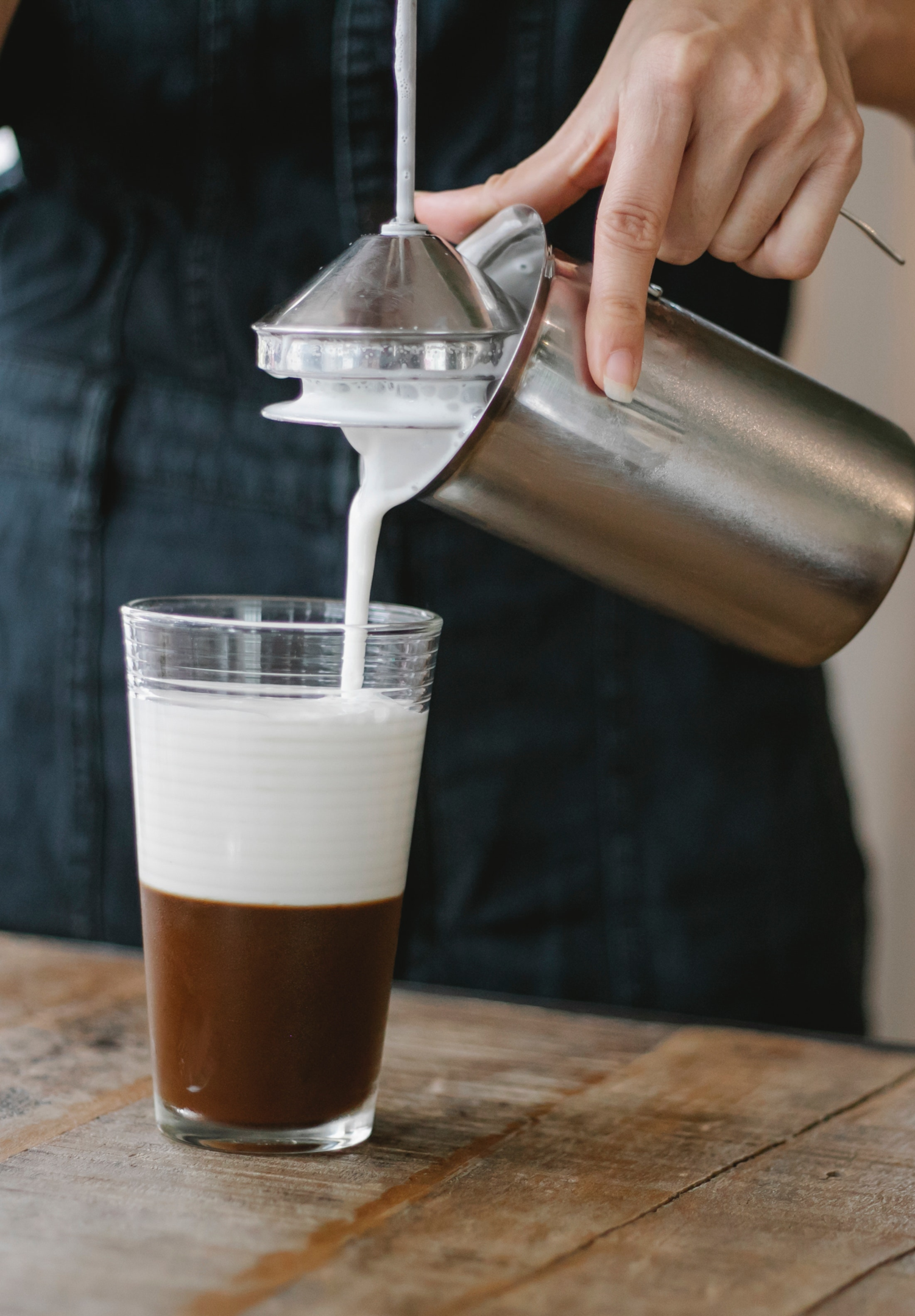
When it comes to enjoying the best low acid coffee beans with in-acid coffee, there are various tips and tricks that can enhance your experience with the best low acid coffee with beans and make your morning cup of of joe even more enjoyable. Here are some suggestions:
-
Pairing with Food: Consider pairing your low-acid coffee with foods that complement its flavor profile. Delicate pastries, nutty snacks, or creamy desserts can balance the acidity and create a harmonious taste experience. Experiment with different flavor combinations to find your perfect pairing.
-
Adding Flavors and Creamers: Customize your low-acid coffee by adding flavors or creamers to enhance the taste. Vanilla, caramel, or chocolate syrups can add a touch of sweetness, while milk or cream can help mellow the acidity further. Be creative and find the flavor combinations that suit your palate.
-
Exploring Decaffeinated Options: If you are sensitive to both acidity and caffeine, consider exploring decaffeinated low-acid coffee options. Decaf coffee undergoes a process to remove most of the caffeine, resulting in a milder brew. Look for decaffeinated versions of your favorite low-acid coffee varieties to enjoy a cup without the stimulating effects of caffeine.
Experimenting with Brewing Parameters: Fine-tune your brewing parameters to suit your taste preferences. Adjust the coffee-to-water ratio, water temperature, and steeping time according to your desired strength and acidity level. Small tweaks to your brewing process can make a significant difference in the final taste of your coffee.
Trying Different Blends and Origins: Expand your coffee horizons by trying a variety of best low acid organic coffee, coffee blend no-acid blends and coffee origins. Each other and best low acid coffee blend and origin offers unique flavor profiles and acidity levels. Explore different options to discover new taste sensations and find the perfect best low acid coffee blend no-acid coffee that suits your preference.
Remember, the beauty of low-acid coffee lies in its ability to provide a smoother and more enjoyable coffee experience for those who are sensitive to acidity. By incorporating these tips into your routine, you can tailor your low-acid coffee experience to your liking and create a cup of coffee that brings you pure satisfaction.
In the next section, we will address common myths surrounding low-acid coffee and provide insights to debunk them.
Debunking Common Myths about Low-Acid Coffee
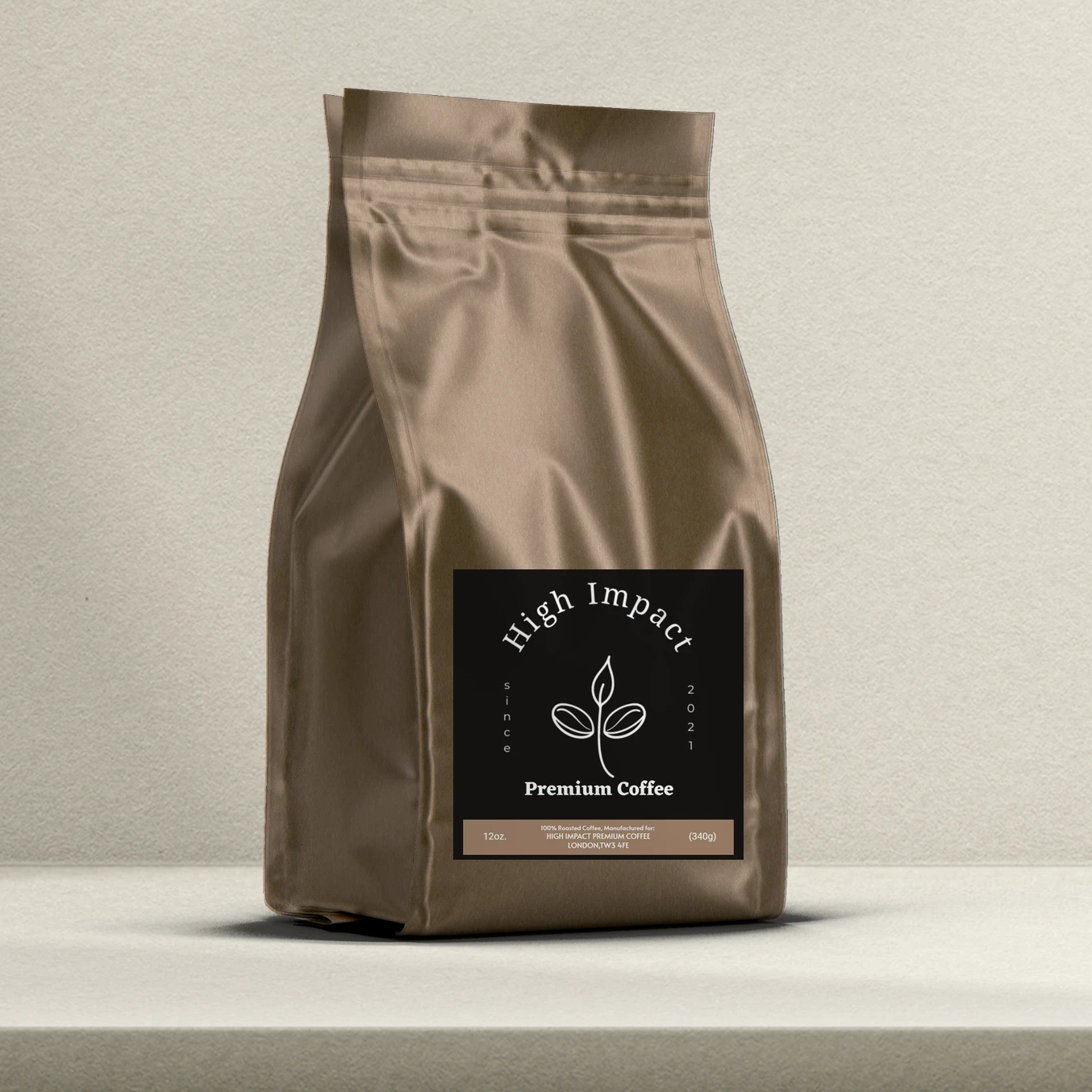
There are several misconceptions and myths surrounding low-acid coffee. Let's debunk some of these common misunderstandings and provide insights into the reality of low-acid coffee:
-
Myth: Low-acid coffee lacks flavor. One of the most prevalent myths is that low-acid coffee is bland or flavorless. In reality, low-acid coffee can offer a wide range of flavors, depending on the variety, roast level, and brewing method. It can exhibit nuanced taste profiles, including sweetness, nuttiness, or even fruity notes. Low-acid coffee is not synonymous with tasteless coffee; it simply provides a gentler flavor experience.
-
Myth: Low-acid coffee is less energizing. Some people believe that the acidity in coffee is directly linked to its energizing effects. However, the acidity level has no significant impact on the caffeine content or the stimulating properties of coffee. Low-acid coffee contains a similar amount of caffeine as regular coffee, which can provide the same energizing effects. So, rest assured, low-acid coffee can still give you that desired morning boost.
-
Myth: Low-acid coffee is not acidic at all. While low-acid coffee has reduced acidity compared to its high-acid counterparts, it does not mean that it is entirely devoid of acidity. Coffee is a naturally acidic beverage, and even low-acid coffee contains trace amounts of organic acids that contribute to its flavor profile. The key distinction is that low-acid coffee offers a milder and more balanced acidity, making it more suitable for individuals with sensitivities.
Understanding these myths and misconceptions about low-acid coffee allows you to make informed choices based on the true characteristics of this type of coffee. Low-acid coffee can still deliver a delightful and enjoyable coffee experience while catering to specific preferences or health considerations.
In the next section, we will provide recommendations for choosing low-acid coffee, helping you select the right options for your needs and preferences.
Recommendations for Choosing Low-Acid Coffee

When selecting the best low acid coffee brands of no-acid coffee, it's essential to consider various factors to ensure a satisfying and enjoyable brew. Here are some recommendations to help you choose the right low acid coffee brand or best low acid coffee brands in 2023 of brand-acid coffee options:
-
Read Product Labels: When browsing for low-acid coffee, carefully read the product labels or descriptions. Look for specific indications or certifications that highlight low acidity. Pay attention to any additional information provided about the coffee's flavor profile, roast level, or processing methods, as these can influence the acidity.
-
Try Samples and Blends: Sampling different low-acid coffee options can provide valuable insights into their flavor profiles and acidity levels. Consider purchasing smaller quantities or sampler packs to try a variety of blends or single-origin coffees. This way, you can explore different tastes and determine which ones align with your preferences.
-
Seek Expert Recommendations: Consult with coffee experts, baristas, or specialty coffee shops for recommendations on low-acid coffee brands or specific varieties. These professionals can provide valuable insights and suggest options that align with your desired taste preferences and brewing methods.
-
Consider Roast Levels: Pay attention to the roast level when selecting low-acid coffee. As mentioned earlier, darker roasts tend to have reduced acidity compared to lighter roasts. If you prefer a smoother and less acidic brew, opt for medium to dark roasts. However, personal preference plays a significant role, so feel free to experiment with different roast levels to find your perfect balance.
-
Explore Specialty Coffee Brands: Specialty coffee brands often prioritize quality and flavor diversity. They may offer a range of low-acid coffee options with detailed information about the beans' origin, processing methods, and flavor profiles. Exploring specialty coffee brands can lead you to discover unique and delicious low-acid coffee experiences.
By following these recommendations, you can navigate the world of low-acid coffee with confidence and find options that suit your taste preferences. Remember, everyone's palate is unique, so don't hesitate to explore different brands, origins, and brewing methods to discover your ideal low-acid coffee.
In the next section, we will conclude our exploration of low-acid coffee and summarize the key points discussed throughout the article.
Conclusion

In conclusion, a low acid ground medium roast coffee no-acid coffee offers a gentler and more enjoyable medium roast coffee experience for those seeking a milder flavor profile medium roast and reduced acidity. Understanding the factors that influence acidity in medium roast coffee, such as coffee bean variety medium roast, and growing conditions, allows us to appreciate the diverse range of flavors and choose coffees that align with our preferences.
We debunked common myths surrounding low-acid or dark roast coffee, clarifying that it can indeed offer delightful flavors and provide an energizing kick similar to regular coffee. Low-acid coffee or dark roasted coffee is roast that is not completely dark roast or devoid of acidity but offers a more balanced and less pronounced acidity than dark roast or roasted coffee, making it suitable for individuals with sensitive stomachs or taste buds.
To fully enjoy low-acid coffee, we explored brewing techniques such as cold brewing and using a French press, which can help minimize acidity in the final cup organic coffee. Additionally, considering the roast level, experimenting with flavors, and exploring different blends and origins can enhance the low-acid coffee experience.
When choosing low-acid coffee, it's important to read product labels, try samples, seek expert recommendations, and consider roast levels to find the perfect option that suits your preferences. Specialty coffee brands can be a great starting point for exploring high-quality low-acid coffee varieties.
So, whether you're looking to reduce stomach discomfort, broaden your flavor palate, or simply enjoy a smoother cup of joe, low-acid coffee provides a wonderful alternative. Embrace the world of low-acid coffee and savor the delightful flavors it has to offer.
FAQs (Frequently Asked Questions)
-
What makes coffee acidic? Coffee acidity is derived from organic acids naturally present in the coffee beans. Factors such as the coffee bean variety, growing conditions, altitude, and processing methods contribute to the acidity levels in coffee.
-
Is low-acid coffee suitable for everyone? Low-acid coffee is generally well-suited for individuals with sensitive stomachs, those prone to acid reflux, or those who prefer a milder flavor profile. However, individual preferences and tolerances may vary, so it's recommended to try different low-acid options to find the one that suits you best.
-
Can I enjoy low-acid coffee if I prefer strong flavors? Absolutely! Low-acid coffee can still offer a range of delicious and robust flavors. Many low-acid coffees have unique profiles with varying taste notes, allowing you to find a strong and flavorful option that aligns with your preferences.
-
Are there any side effects of drinking low-acid coffee? Generally, low-acid coffee does not have significant side effects. However, it's important to note that individual sensitivities and health conditions may vary. If you have specific concerns, it's advisable to consult with a healthcare professional.
-
How can I transition from high-acid to low-acid coffee? Transitioning from high-acid to low-acid coffee can be done gradually. Start by incorporating low-acid options into your routine, gradually replacing high-acid coffees. This will allow your taste buds and digestive system to adjust to the milder acidity of the new brews.
Remember, if you have specific health concerns or questions regarding low-acid coffee, it's always best to consult with a healthcare professional for personalized advice.
Enjoy your low-acid coffee experience and savor the rich flavor delightful flavors clean coffee, that await you!


